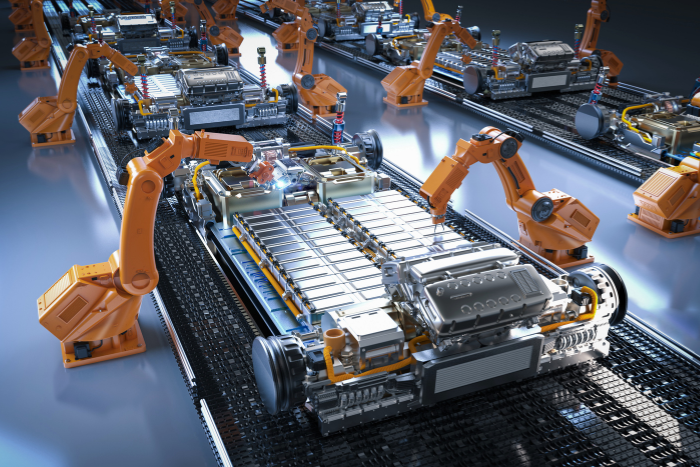Indonesia has opened its first EV battery factory. The country, Southeast Asia’s largest economy and home to the world’s largest nickel reserves, is seeking to position itself as a major player in the global supply chain for electric vehicles. The factory, a joint venture between two South Korean manufacturers, LG Energy Solution (LGES) and Hyundai Motor Group, has the capacity to produce up to 10 gigawatt hours (GWh) of battery cells per year. The factory is “the largest in Southeast Asia,” according to Indonesian President Joko Widodo, and is located in the town of Karawang, West Java. He further noted that Indonesia is rich in natural resources, but for many years it has only exported raw materials with no added value. But now that a smelter and battery cells for EVs are being built, Indonesia will join the global EV supply chain, he said. The factory is part of a $9.8 billion deal signed between LG and Indonesia in 2020. The factory will produce batteries for Hyundai’s electric vehicles, and the Indonesian-made batteries are expected to be installed in 50,000 Kona Electric SUVs.
Chinese lithium producers face huge financial losses amid global supply glut
China’s lithium producers are suffering financial losses due to the falling price of lithium, a key component in EV manufacturing. China’s two largest players of this critical mineral, Tianqi Lithium and Ganfeng Lithium, each revealed large financial losses in the first half of the year. Both companies blamed it on the fall in lithium prices. China’s EV market is still expanding, but its growth rate has slowed recently due to weak customer demand. Lithium markets around the world are experiencing structural difficulties due to new competitors and continued oversupply. Tianqi said it expects a first-half net loss of 4.88 billion yuan to 5.53 billion yuan ($670 million to $760 million), compared with a first-half net profit of 6.45 billion yuan a year earlier. Ganfeng estimated its net loss at between 760 million and 1.25 billion yuan, with net profit of 5.85 billion yuan.
New method for recycling used solar panels separates 99% of PV cell constituent materials
Researchers at the University of New South Wales (UNSW) have devised a way to recycle used solar panels, allowing them to separate 99% of the components that make up a PV cell. To increase reliability and make it easier to separate and extract components such as silicon, glass, aluminum, silver and copper for reuse, the researchers are also improving the PV panels. Using conventional techniques, the team’s unique procedure separates larger parts such as aluminum frames and glass sheets and crushes the cells. The crushed pieces are then placed in a vibrating container. The panel pieces are further crushed and sieved into particles of different sizes using stainless steel balls. Tests show that it takes between 5 and 15 minutes to completely separate 99% of the materials, including silver, by crushing and sieving. The scientists have received a AU$5 million grant from the Australian Research Council (ARC) to develop a new research platform for solar panel recycling.
World’s largest sodium-ion battery energy storage system now in operation
The world’s largest operational sodium-ion battery energy storage system is currently operational under the umbrella of China’s state-owned power producer, Datang Group. The group announced that the 50MW/100MWh facility in Qianjiang city, Hubei province, has been connected to the grid. The project, which features 42 battery energy storage containers and 21 sets of boost converters, is the first phase of the Datang Hubei Sodium-Ion New Energy Storage Power Plant. It features a 110kV substation and is powered by 185 amp-hour high-capacity sodium-ion batteries provided by China’s HiNa Battery Technology. The Fulin 10MWh BESS plant in Nanning city, southwest China, was previously the largest operational sodium-ion system. It was operated by China Southern Power Grid.


